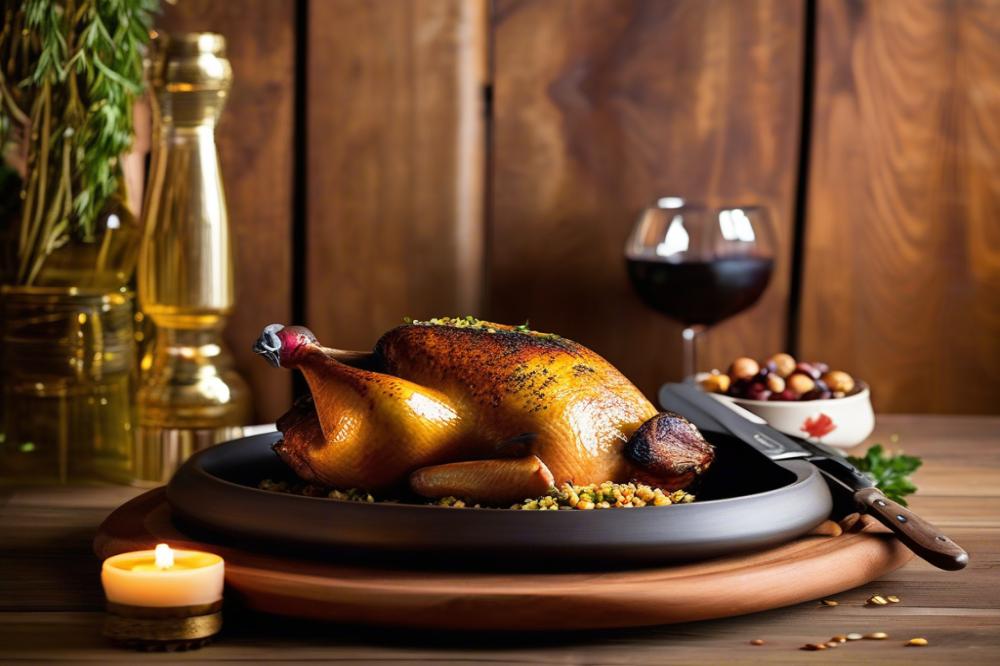Secrets of Making Hamam Mashi pigeon with Freekeh Stuffing
Hamam Mashi is a dish that holds a special place in Middle Eastern cuisine. This dish features pigeon, which is regarded as a delicacy in many cultures across the region. In traditional cooking recipes, stuffed pigeon often appears during festive meals and celebrations. People appreciate its rich flavor and tender texture, making it a sought-after item on dining tables.
The pigeon has long been a symbol of the culinary heritage of the Middle East. It is not only delicious but also represents the connection to history and tradition in the region. Many families pass down recipes from generation to generation. Therefore, the preparation of pigeon dishes can evoke memories and stories shared during meals together.
Freekeh, a healthy grain made from harvested green durum wheat, adds a nutritious value to the stuffing. It offers a nutty flavor and a unique texture that enhances the overall dish. This ancient grain is high in fiber and packed with protein, making it an excellent choice for those seeking healthier options. Incorporating freekeh into savory stuffing elevates the dish beyond mere sustenance, blending health with delightful taste.
The purpose of this article is to explore the secrets behind cooking Hamam Mashi with Freekeh Stuffing. Readers will learn about the preparation process, methods for achieving the best flavors, and tips for perfecting this traditional recipe. By unveiling these culinary secrets, we aim to inspire home cooks to try this remarkable dish.
The Essence of Hamam Mashi
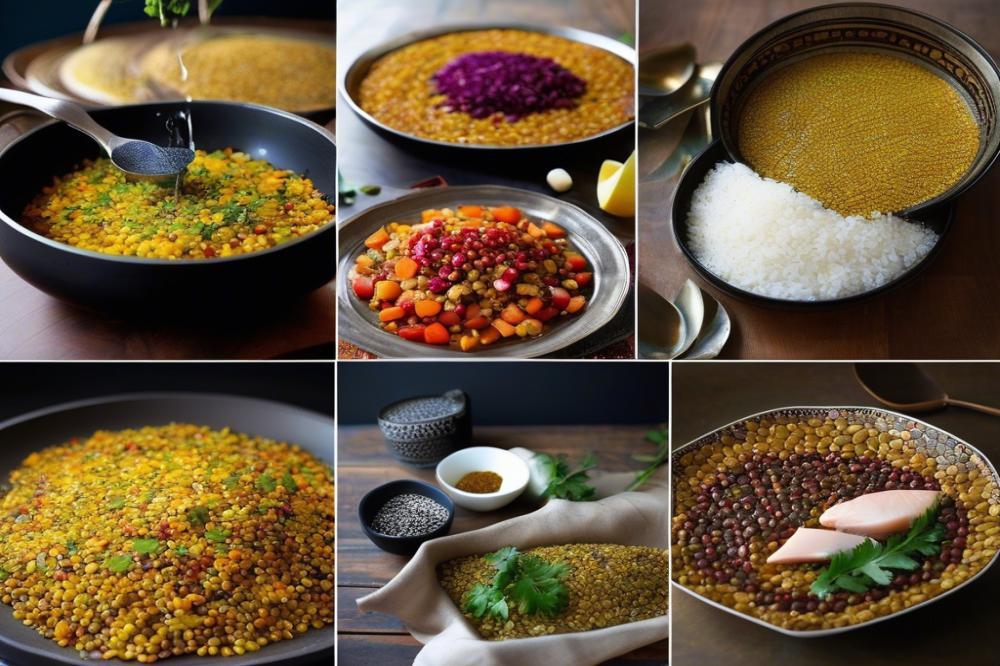
Hamam Mashi is a traditional dish that features pigeon stuffed with flavorful ingredients, often enjoyed in various Middle Eastern cuisines. This dish represents a culinary practice that has been passed down through generations, highlighting the significance of cooking recipes that celebrate local ingredients and cultures.
Definition of Hamam Mashi
The term Hamam Mashi translates to “stuffed pigeon” in Arabic. It typically involves preparing a young pigeon with a savory stuffing. Ingredients for the stuffing vary, but they often include grains, herbs, and spices that create a rich flavor profile. The dish itself is usually slow-cooked or roasted, allowing flavors to meld beautifully.
Discussion of Traditional Dishes Featuring Pigeon
Pigeon has long been a culinary staple in the Mediterranean, especially in regions like Egypt and Lebanon. Different cultures have developed their own variations of dishes that incorporate pigeon. For instance, some recipes might use rice as the main stuffing ingredient, while others opt for bulgur or even freekeh. These recipes reflect the rich agricultural heritage found in these areas.
Cultural Significance of stuffed pigeon in Egypt
In Egypt, stuffed pigeon holds significant cultural meaning. It is often served during festive meals or special occasions, showcasing hospitality in traditional households. Friends and families come together to share this dish, making it a centerpiece for gatherings. Pigeon symbolizes both luxury and comfort, representing the warmth of Egyptian hospitality.
Variations in Preparation and Stuffing Across Regions
Different regions offer unique twists on this beloved dish. In some areas, cooks might add nuts or dried fruits to the stuffing to enhance flavor and texture. Others may emphasize herbs like parsley or mint, providing freshness. Cooking methods also vary; some prefer grilling while others choose the oven. Each variation reflects local tastes and available ingredients, allowing Hamam Mashi to evolve while maintaining its essence.
Ingredients and Cooking Instructions
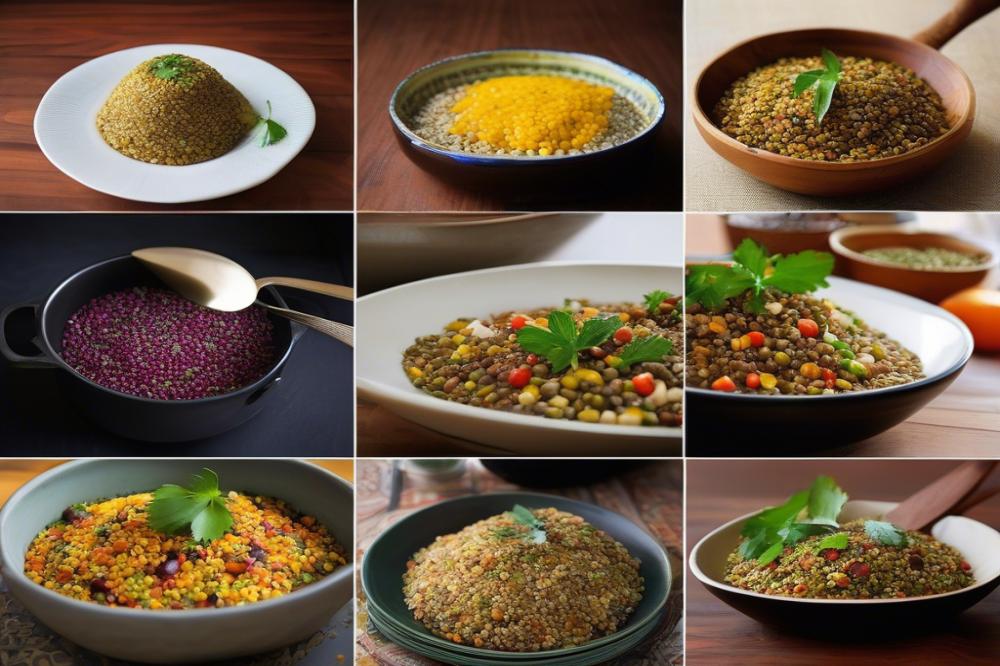
List of Ingredients with Quantities
- Pigeon (whole, cleaned, and dressed)
- Freekeh (1 cup)
- Onion (1 medium, finely chopped)
- Garlic (2 cloves, minced)
- Pine nuts (1/4 cup)
- Raisins (1/4 cup)
- Spices: cumin, coriander, salt, black pepper (to taste)
- Olive oil (3 tablespoons)
- Chicken broth (2 cups)
- Additional herbs: parsley, dill (for garnish)
Preparation of Pigeon and Freekeh Stuffing
Start by rinsing the freekeh under cold water. This step helps clean the grains and removes any dirt. Soak it in water for about 30 minutes. While it’s soaking, heat olive oil in a large skillet over medium heat. Add the chopped onion and sauté until soft and translucent. Incorporate the minced garlic and stir for a minute until fragrant.
Next, stir in the pine nuts and allow them to toast until golden. This enhances their flavor. Add the soaked freekeh to the mixture, along with the raisins. Spice it up with cumin, coriander, salt, and black pepper. Pour in chicken broth and bring everything to a boil. Reduce the heat and let it simmer for about 15 minutes or until the freekeh is tender. This serves as a savory stuffing for your stuffed pigeon.
Step-by-Step Cooking Method
Now, prepare the pigeon. Pat it dry with paper towels, ensuring it’s ready for seasoning. Rub the inside with salt and pepper. This helps the bird absorb the flavors. Once the freekeh mixture has cooled, stuff the pigeon’s cavity with the prepared filling. Make sure not to overstuff, as the grains will expand during cooking.
Use kitchen twine to tie the legs together, securing the stuffing. This helps maintain the pigeon’s shape while roasting. Next, place the pigeon in a roasting pan. Pour any remaining chicken broth into the base of the pan to keep the meat moist.
Roasting Techniques
Preheat your oven to 375°F (190°C). Cover the roasting pan with foil to keep the pigeon juicy. After 30 minutes, remove the foil. This allows the skin to become crispy. Roast for approximately 1 hour, or until the pigeon reaches an internal temperature of 165°F (74°C). Basting occasionally with the pan juices enhances the flavor throughout.
Allow the stuffed pigeon to rest for about 10 minutes before carving. Garnish with fresh parsley and dill for a touch of color. This dish is perfect for festive meals or unique gatherings, embodying the essence of Middle Eastern cuisine.
Finding balance in flavors is essential for any Mediterranean recipes. Enjoy the delightful combination of grains and tender meat that Hamam Mashi offers.
Nutritional Information
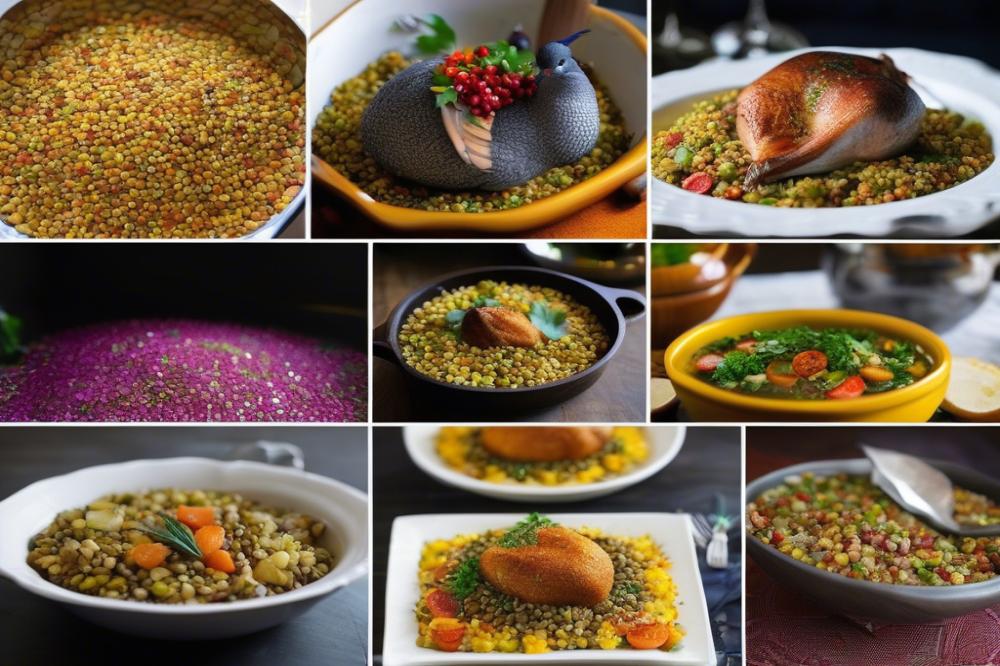
Understanding the nutritional profile of each ingredient in a stuffed pigeon dish is important. Pigeon meat is a lean source of protein. It is low in fat and offers essential amino acids. Freekeh, often used as a stuffing, is considered a supergrain. This healthy grain is packed with fiber, which aids digestion and promotes a feeling of fullness. Additionally, freekeh contains important vitamins and minerals, including magnesium and zinc.
When analyzing the caloric content of stuffed pigeon, one can see its composition. A typical serving may contain about 300-400 calories, depending on the preparation method and additional ingredients used. The macronutrient breakdown is notable. It usually consists of around 30 grams of protein, 18 grams of fat, and 40 grams of carbohydrates. These numbers can vary based on the amount of freekeh and fat used in cooking recipes.
Health Benefits of Freekeh
Freekeh stands out as a nutritious alternative to other grains. Its high fiber content supports heart health by helping to lower cholesterol levels. Fiber also promotes healthy blood sugar levels, making it a favorable choice for those monitoring their intake. This grain’s low glycemic index means it releases energy slowly. As a result, it aids in maintaining stable energy levels throughout the day.
Comparative Analysis
Looking at traditional pigeon dishes, one can see a shift in culinary trends. Many Middle Eastern cuisine recipes emphasize rich, hearty flavors. Modern approaches introduce lighter, healthier options that still maintain those classic tastes. Stuffed pigeon with freekeh offers a beautiful blend of tradition and health. Its savory stuffing is an excellent example of how to embrace both worlds.
The Mediterranean Influence
Meals inspired by Mediterranean recipes often focus on balance. Ingredients are chosen not only for flavor but also for nutritional value. The combination of pigeon and freekeh exemplifies this philosophy. Such dishes celebrate wholesome, fresh ingredients while providing essential nutrients. Seasonal vegetables and aromatic spices can enhance both taste and health benefits. Eating this way can lead to overall well-being and enjoyment of food.
Serving Suggestions and Pairings
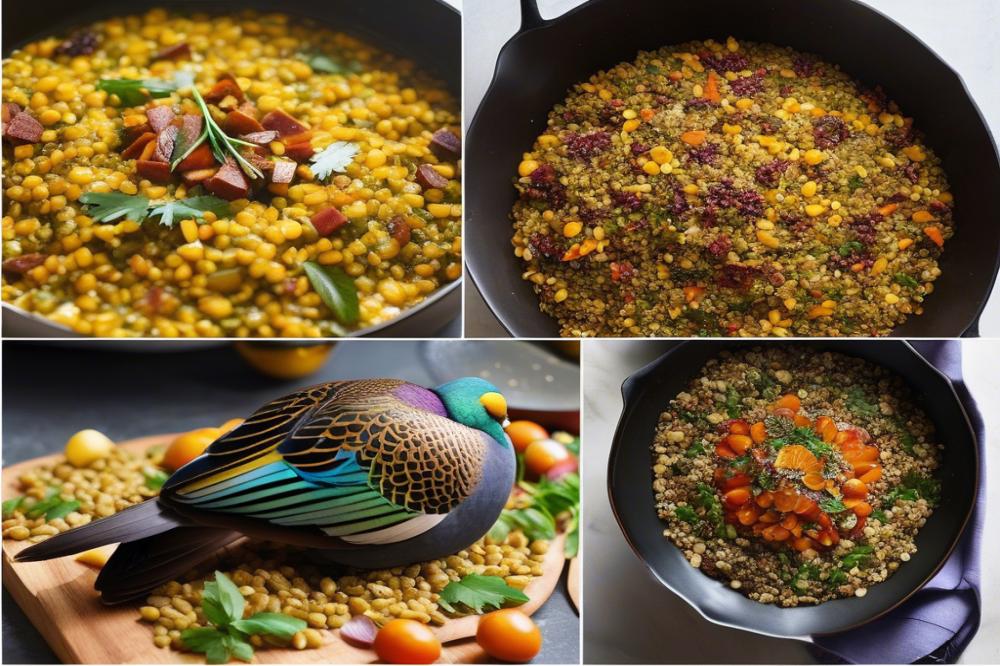
Traditional Accompaniments for Hamam Mashi
Serving stuffed pigeon as the main dish is a celebration in itself. To complement the savory stuffing of freekeh, a selection of traditional side dishes can enhance the overall meal experience. A popular choice is a fresh salad made with chopped vegetables. Tabbouleh, a refreshing parsley and bulgur salad, adds brightness. Hummus, a creamy chickpea dip, pairs wonderfully as well.
Side Dishes That Complement Stuffed Pigeon
Consider preparing roasted vegetables as a side. Carrots, bell peppers, and zucchini can bring a colorful touch to your table. Rice pilaf, flavored with spices and perhaps toasted almonds, also makes a wonderful accompaniment. It provides a hearty contrast to the tender pigeon. Additionally, yogurt sauce can serve as a dip that adds creaminess and helps balance flavors.
Recommended Beverages
Beverages play a vital role in Middle Eastern cuisine. Mint tea is a refreshing choice that cleanses the palate. This drink is often enjoyed after meals, making it a perfect end to a festive meal. Pomegranate juice is another excellent pairing, bringing sweetness to complement the savory dishes. For those who enjoy something bubbly, sparkling water with a touch of lemon brightens the meal beautifully.
Tips for Festive Presentation and Serving
Presentation matters in festive meals. Arrange the stuffed pigeon on a large platter to make it the centerpiece. Surround it with colorful sides to create an appealing display. Garnishing the dish with fresh herbs can add a pop of color. Always use seasonal fruits for an extra hint of freshness. Serving a combination of hot and cold dishes will showcase the diversity of Mediterranean recipes. Remember, the goal is to create an inviting atmosphere that encourages sharing and enjoyment.
Wrapping It Up
Hamam Mashi holds a special place in the heart of Egyptian and broader Middle Eastern cuisine. This dish symbolizes heritage and family gatherings. Originating from a time when culinary skills were crucial to impressing guests, the stuffed pigeon stands as a testament to rich traditions. The preparation combines artistry with simplicity, offering flavors that speak to generations.
There is nothing like trying your hand at preparing this dish at home. Engaging in the cooking process can be both fun and rewarding. Recipes filled with wholesome ingredients can be an adventure for every cook, whether novice or expert. By using freekeh for the stuffing, you not only honor tradition but also choose a nutritious option.
Ultimately, embracing health and tradition can lead to delightful meals. Ancient recipes blended with modern ingredients create a beautiful fusion on the plate. Cooked thoughtfully, hamam mashi can offer a balanced approach to dining that many seek today.
Moreover, exploring Mediterranean recipes that utilize healthy grains can open new doors to exciting flavors. Many of these dishes are not only tasty but also nourishing. Take the time to experiment in the kitchen, and discover the joy of cooking wholesome meals that bring your loved ones around the table.

